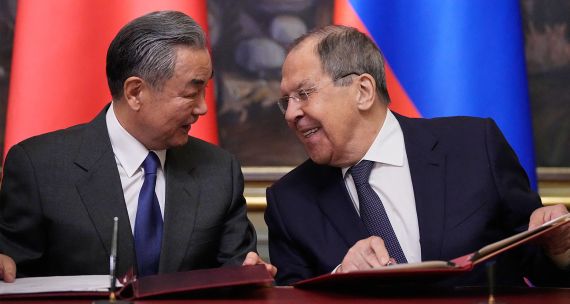It’s time to reset Canada’s relations with China.
Canada has always been actively and positively open to the world, because it must. For the past half-century, China has taken its place among our most important international partners, and has become central to our foreign policy. John Diefenbaker expanded trade and opened the immigration doors to China, Pierre Trudeau established diplomatic relations, and the subsequent decades have seen the development of a full panoply of people-to-people and government-to-government relations.
As a result, China provides the largest number of immigrants to Canada, almost half-a-million yearly tourists and the largest number of international students – 30 per cent of Canada’s total. China ranges among the top three sources of new permanent residents. China now absorbs 10 per cent of our exports and a third of our commercial services sold abroad. More jobs are created through trade with China than with every country but the United States.
China is today the world’s demographic leader, its second economy. It possesses the world’s second-largest military force. Five years from now, these and many other metrics will be larger. No one should bank on decline.
So why is a reset in order? Because today’s China is not the same partner that it once was, and because we have a new government in Ottawa.
Our past relations were based on two fundamental realities that no longer apply. China was a developing economy, socialist in its foundations, in need of advice, capital and market access. Canada was committed to a type of selfless liberal-internationalism and an activist agenda that went out of its way to smooth China’s transition to a post-Cold War world. We opened our market to China – our cumulative trade deficit in the decade before China joined the World Trade Organization in 2001 was $38-billion, and our total program official development assistance exceeded $1-billion.
That was then. This is now.
For all of its internal weaknesses and long-term political uncertainty, China is now a virtual superpower. It does not match the United States in military clout, technological or innovative capacity, diplomatic reach or soft power, but each of these is increasing at determined speed. China also actively exercises negative power – the ability to threaten – significantly bolstered by lack of transparency in governance and policy objectives. Think South China Sea and cyber insecurity. Taking the long view, this realpolitik behaviour is not much different from the rise of Britain or the United States in previous centuries. But we don’t live in the long term, we live today, and some of the Chinese government’s behaviour is a challenge to the international community, including Canada.
Furthermore, from a Canadian perspective, China’s government does not share many of the values and attendant institutions that Canadians hold dear, consider universal and have built into our society, such as the rule of law, human rights and an independent judiciary.
The liberal tradition is founded on these values and beliefs, and Prime Minister Justin Trudeau’s government is not about to abandon them, as the mandate letter to his foreign minister makes clear. It will not be any less internationalist than its Liberal predecessors, albeit operating in a very different world.
How do we square all of these factors in our approach to China?
First, there has to be a recognition that both effective government strategies and the support of the Canadian public are essential to our diplomacy. This is not a given. Polls suggest a serious lack of trust of China’s intentions. Canadians want a narrative and attendant strategies that will frame the pursuit of their interests with China, one that purposefully builds trust on both sides and by both sides. China clearly has a responsibility here as well.
Second, it must be acknowledged that Canada gains nothing from not actively engaging relations with Beijing. We achieve nothing in the pursuit of our interests and values without dealing actively with Chinese authorities. We don’t maximize the potential of our economy if we don’t explore better trading arrangements with China. We don’t increase our security if our military forces don’t talk to each other.
Third, we have other important interests and partners in Asia, triangulating from Australia through the Association of Southeast Asian Nations to Japan in the northeast to India in the southwest. We have to be mindful of their interests and their perspectives.
Fortunately, Mr. Trudeau is not starting from a blank slate. Over all, Canada has a positive history of dealing with China – his father, Team Canada missions and a strategic partnership forged by former prime minister Paul Martin and Chinese president Hu Jintao. After a decidedly chilly start, Stephen Harper’s government increased the pace of official contacts – essential to all diplomacy – and a slate of co-operative agreements was signalled and signed. The reality of relations across borders is that Ottawa has to be able to walk and chew gum at the same time, as well as many other things. With China, it must be welcoming, open and tough; it must be imaginative, pragmatic and innovative; it must speak clearly, if sometimes quietly; it must frame policies based on both interests and values, and be patient in their pursuit; and, in the absence of a Canadian International Development Agency program, it must find new ways to impress Chinese authorities and people with Canadian ideas and values. Our government must avoid putting all policy on the back of one interest or another, be it trade or immigration or values or tourism or environmental co-operation or others of Canada’s myriad interests. Such unilateralism never serves Canada’s broad purposes.
Mr. Trudeau’s government will achieve its share of success in relations with China as it finds the equilibrium among all of these factors, to Canada’s benefit.
This piece first appeared in The Globe and Mail on January 1, 2016



